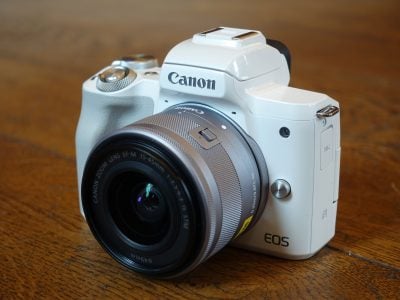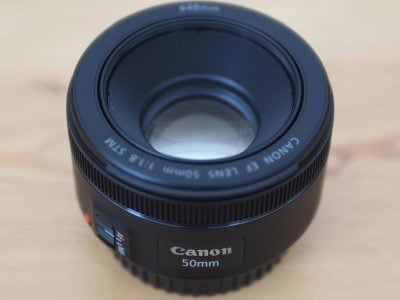Panasonic Lumix DMC-FZ28
-
-
Written by Gordon Laing
Panasonic FZ28 vs Canon PowerShot SX10 IS vs EOS 450D / XSi High ISO noise
Panasonic Lumix DMC-FZ28 results
 |
 | To compare noise levels under real-life conditions we shot this scene with the Panasonic Lumix FZ28, Canon PowerShot SX10 IS and Canon EOS 450D / XSi within a few moments of each other using each of their ISO settings. The lenses on each camera were adjusted to deliver the same vertical field of view. The image left was taken with the Panasonic Lumix FZ28 at 7mm f3 and with a sensitivity of 100 ISO; the original JPEG measured 4.15MB. The crops are taken from an area just to the right of the centre and presented here at 100%. |
Note the Canon 450D / XSi captures wider 3:2 aspect ratio images, so by matching the vertical field of view, we’re effectively treating the DSLR here as a 10.8 Megapixel camera, delivering 4:3 shaped images.
At 100 ISO, the Lumix FZ28’s image is detailed, but as seen on the first results page, is slightly softer than the Canon SX10 IS, due mostly to image processing, although this has hidden most noise textures.
At 200 ISO there’s visibly greater noise and a drop in ultimate detail on both the FZ28 and SX10 IS samples. The FZ28 appears to be applying greater noise reduction, so again there’s fewer noise textures, but also a slightly softer result as a whole.
At 400 ISO both cameras show a noticeable drop in quality and increase in noise when viewed at 100%. It’s best reserved for smaller prints and viewing at reduced sizes on-screen. At 800 ISO, there’s another big drop in quality and increase in noise and processing artefacts. The FZ28 tries to smear some of it away, but both cameras are in the same position.
At 1600 ISO both cameras are suffering, but the FZ28 much more so than the Canon. Given the choice most would go for the PowerShot SX10 IS at 1600 ISO, but at this point, neither are acceptable for anything other than emergency use or greatly reduced viewing on screen.
Overall we’d say the PowerShot SX10 IS enjoys a slight edge in this test over the FZ28 thanks to its punchier processing and lower noise reduction. Its crops at lower sensitivities are slightly better defined than the Panasonic, but it’s by no means a decisive win in this test – both cameras are pretty close here. Note: unlike the SX10 IS, the FZ28 offers adjustable noise reduction and we’ll include samples comparing the settings in the near future.
We’ve also included samples from Canon’s EOS 450D / XSi to illustrate the high ISO benefits of a DSLR over a compact or super-zoom with a small sensor. All three cameras may deliver clean output at 100 ISO, but as the super-zooms begin to fall apart at higher sensitivities, the DSLR holds it together. So once again if you want the best quality at high ISOs, a camera with a large sensor is the way to go.
Now for more real-life examples across its sensitivity range, check out our Panasonic Lumix DMC-FZ28 sample images page.
Panasonic Lumix DMC FZ28 |
Canon PowerShot SX10 IS |
Canon EOS 450D / Rebel XSi | ||
 |
 |
 | ||
80 ISO not available |
80 ISO |
80 ISO not available | ||
 |
 |
 | ||
100 ISO |
100 ISO |
100 ISO | ||
 |
 |
 | ||
200 ISO |
200 ISO |
200 ISO | ||
 |
 |
 | ||
400 ISO |
400 ISO |
400 ISO | ||
 |
 |
 | ||
800 ISO |
800 ISO |
800 ISO | ||
 |
 |
 | ||
1600 ISO |
1600 ISO |
1600 ISO | ||
 |
 |
 | ||
High Sensitivity Preset at 1600 ISO |
3200 ISO (at 2 Megapixels) |
3200 ISO not available |




